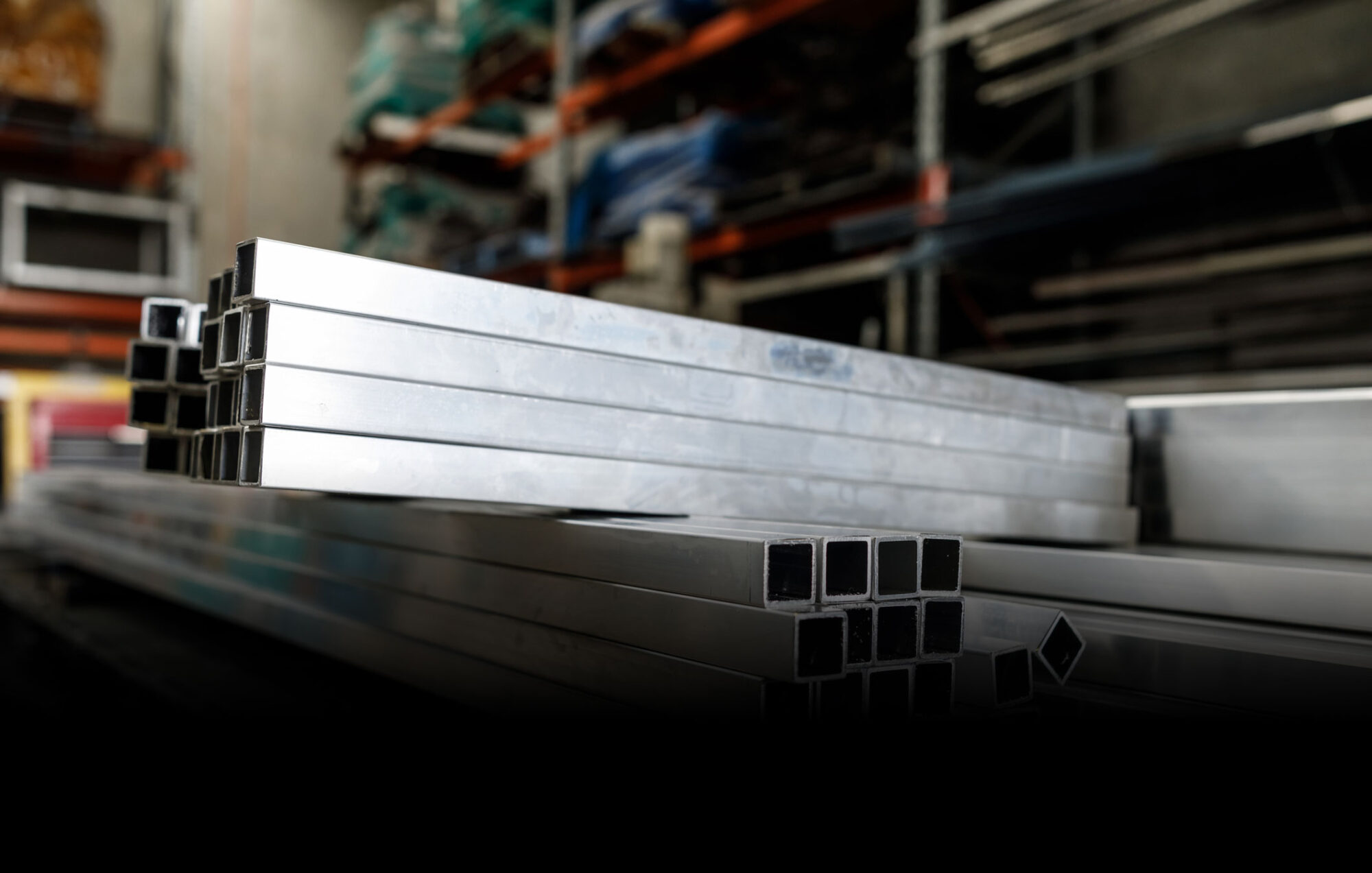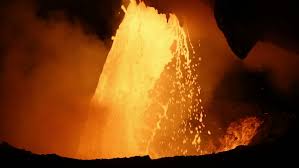How to Melt Your Own Scrap
Warning: We do not recommend doing this as part of your scrapping technique, but if you want to know how to melt your own scrap.
First things first, separate all of your scrap appropriately. This is important for many reasons, the main reason is that metals all have different melting points, and for consistency purposes.
Secondly, put all of your scrap into a receptacle that is large enough to accommodate the scrap. You may want to clean your scrap with baking soda first to remove loose corrosion.
Next, take a torch and adjust the heat according to the type of metal that you are melting. Copper, brass and gold, for example, will melt between about 926 degrees Celsius and 1,100 degrees Celsius. You should always verify the melting points of your scrap.
For safety, use a pair of welding work gloves and direct the torch’s flame towards the receptacle. Once the scrap metal has melted into a liquid form, it is ready to pour into a mold (ingot). You can expedite the process by having a second person hold a second torch to the receptacle , basically doubling the heat output.
Lastly, once the metal has been liquefied into molten, you can pour it into an ingot or other type of mold in order to create whatever shape you want. For safety and to avoid burning yourself, use high heat tongs to move and pour out the receptacle.
You can repeat the same procedure for each of the different scrap metals that you have to sell. If you are taking the melted scrap to a scrap dealer, it is recommended that you place the liquefied material into a cooled form (as this are easier to weigh and transport). This makes the material easier to handle and to be sorted and weighed for best results.

